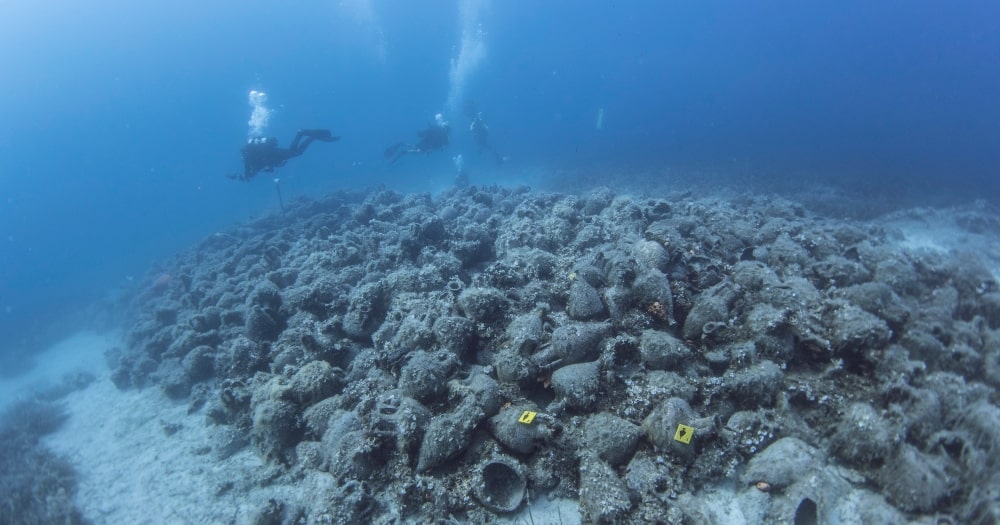Discover protected natural sites and wildlife
Greece has a wealth of protected nature and monuments, some listed as UNESCO World Heritage Sites. Explore with us beautiful landscapes, visit marine parks and aquariums, and discover geological wonders along the way.
In the heart of the Greek mainland rises the country’s highest mountain, which is soon to become a UNESCO World Heritage Site. Mt Olympus was the legendary abode of the Greek gods, with the throne of King Zeus located on Stefani Summit. It includes four zones of vegetation, depending on the elevation (highest peak: 2,918 m). Due to its great religious and archaeological significance, human activity on it has remained minimal. There’s even an endemic plant species that dates back to the Ice Age!
The region of Meteora, in Thessaly, is a mixed UNESCO World Heritage Property, because of its unique cultural and natural features. It includes several sheer sandstone pinnacles rising 400m above the Thessalian plain. Perched on their tops are centuries-old Orthodox Monasteries that create an awe-inspiring spectacle. It’s a must-visit place!
Lesvos Island in the North Aegean Sea region is home to an amazing petrified forest. It was created some 20 million years ago after a volcanic eruption covered the area of prehistoric sequoias and pines with hot ash and preserved the trees extremely well. The forest is a UNESCO Global Geopark and a founding member of the European Geoparks Network. The adjacent Natural History Museum of the Lesvos Petrified Forest displays impressive fossilized flora and provides audiovisual information on the volcanic activity and the evolution of plant life in the Aegean Sea area.
The National Marine Park of Alonnisos Island covers the area around Alonnisos and the nearby islets (part of Sporades Islands, NW Aegean Sea). It is a refuge for seabirds, dolphins, and Monachus monachus, the Mediterranean monk seal, which lives in the numerous sea caves of the park. A trip on a glass-bottomed boat will offer you fine views of the seabed and the archaeological remains of prehistoric settlements. Off the coast of Peristera Islet, an underwater museum awaits you with the 5th century B.C. wreck of an Athenian merchant ship that carried wine amphoras (earthen jars). You can scuba dive or free dive on the spot and swim your way through the piles of amphoras on the seabed!
Here are a couple of aquariums our younger friends will find interesting: The Rhodes Aquarium is a beautiful art deco building located at the northernmost tip of Rhodes Island. Its interior is shaped like a sea cave, with winding corridors that give you the impression of being underwater. It houses marine species of the Aegean and East Mediterranean area. On Crete Island, you can visit CretAquarium (at Gournes, Heraklion), which houses Mediterranean marine life, sharks and tropical species, and Aquaworld Aquarium and Reptile Rescue Centre (at Hersonissos Port) where, apart from marine life, you can also see and touch reptiles and take pictures of them.
